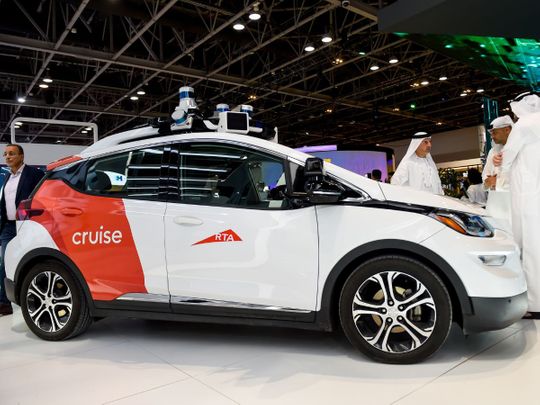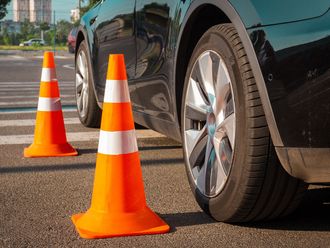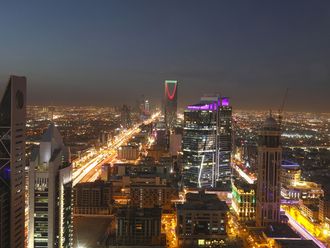
Dubai: If you are driving around the Jumeirah area in Dubai, you might soon notice a car that looks just a little different – a hatchback with a number of cameras fitted atop the roof. This new entrant on Dubai roads is the Cruise autonomous vehicle, which Dubai’s Roads and Transport Authority (RTA) will launch commercially next year.
“RTA signed an agreement with Cruise in April last year, to provide 4,000 robo-taxis or autonomous taxis for Dubai,” Khaled Al Awadhi, Director of Transportation Systems, Public Transport Agency at RTA, told Gulf News.
“The service is meant to be available commercially by the end of 2023. We are at the stage of building the digital infrastructure that is required to operate the vehicle. So, we started building the digital maps. We have already built the maps for some parts of the city, with Jumeirah 1 being one of areas [to be mapped].
“We are moving ahead with testing the vehicles very soon. We will see these vehicles hitting the road in Dubai for testing purpose before the end of this year. This will carry on all the way until next year in preparation of the commercial launch,” he added.

The service is meant to be available commercially by the end of 2023.
What to know if you are hailing a driverless taxi
So, if you do plan to hail the driverless taxi when it is launched, what is the process you will need to follow?
According to Al Awadhi, the experience will be very similar to booking a taxi through a smartphone application.
“The experience will be like an ‘e-hail’ service, so it will be through an application that is similar to what customers have gotten used to with Uber and Careem,” Al Awadhi said.
According to him, all the following steps can be completed online:
- Book the taxi
- Set the destination
- Pay for your trip at the end.
“There will be a full-fledged awareness programme, we will be educating people on how to deal with the vehicle in certain circumstances as well as other road users. However, the experience will be seamless and the customer experience will be more or less the same as the service that already exists with the driver-based vehicles,” Al Awadhi said.










